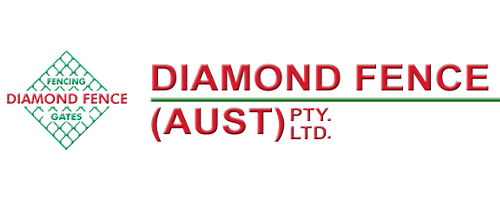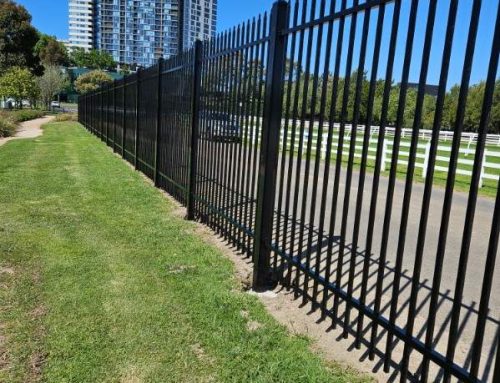For How Long Can Your Metal Fencing Last? Let’s Find Out!
Do you love your chain wire fencing, tubular steel fencing or any other metal fencing you might have had installed? We’ll then you’d better find out for how long will you have it in your back or front yard, factory or any other industrial or commercial location. For that you can use metal corrosion rate calculator. Not your usual math calculation, but it can be done and we’ll walk your through it to make sure that your metal fencing can celebrate more and more birthdays.
The main reason why you should know this calculation or availability of it, is that one way or another you metal fencing will be exposed to corrosion due to the different substances in the air or water, like oxygen, sulfur, salt and other, and it’s just a matter of time when the integrity of the metal will start to decrease. And “time” is exactly the variable we are looking for. As when the metal whether it’s used in metal fencing, metal bridges or any other metal construction, starts to deteriorate, it can bear less than it used to before, and that can become a serious safety concern, especially when we are talking about huge commercial bridges that bare tons of weight every day. When it comes to your metal fencing then it’s not that big of concern, but you might as well know an approximate time when you should start saving money for a new chain wire fence, tubular steel fence or any other security fence.
Just to be clear:
RATE OF CORROSION = THE SPEED AT WHICH ANY GIVEN METAL DETERIORATES IN A SPECIFIC ENVIRONMENT
Please note that the rate and speed of corrosion depends upon environmental conditions as well as the type, and condition of the metal and is normally calculated using mpy (Mils per year), meaning that corrosion rate is based on the number of millimeters it penetrates each year
“inches per year” or “melts per year (MPY)” (where a melt = 10-3 inches)
where,
W = mass loss in time (T), lb
T= time, years,
A = Surface area, ft2,
R = density of material, lb/ft3
To calculate the corrosion rate, there are few variables you need to know, and they are weight loss, density, area and time.
- Weight loss means the decrease in metal weight during the reference time period.
- Density of the metal
- Area, meaning total initial surface area of the metal piece
- Time, meaning the length of the reference time period
You can always go the easier way, and that’s what we’d of course recommend, and use online resources to calculate the corrosion rate. It’s faster and the chances of making an errors are lower. Easy, just enter your variables and click the calculate button and whoilaaaa, there’s your answer. Wish it was like that in a math class, don’t you?
ONLINE CORROSION CALCULATORS:
1. Corrosionsource.com
2. Mesteel.com
Our final step includes some actual calculation. This time we won’t be lazy and use one of the above online calculators, but will try to calculate the corrosion rate the old fashion way, meaning using pen and paper. Okay, we’ll be a bit modern and use keyboard, but calculation is manual though.
Corrosion Rate Calculation
As mentioned before, the corrosion rate is expressed as a penetration rate in “inches per year” or “melts per year (MPY)” (where a melt = 10-3 inches).
CORROSION EQUATION:
where,
W = mass loss in time (T), lb
T= time, years,
A = Surface area, ft2,
R = density of material, lb/ft3
Above calculation is just for you to know why and how, but as mentioned before then no one really expects you to do the manual calculation if you have great free online tools. But worth to know it.
If corrosion has gotten to your metal fencing regardless of your efforts, and it’s time to install a new chain wire fence, tubular steel fence, welded mesh or any other security fence, then turn to us. We can supply and install, supply only, or repair fence and gates as needed.
Give us a call (03) 9753 4566 , shoot us an email on info@diamondfence.com.au , or just get a FREE online quote.








